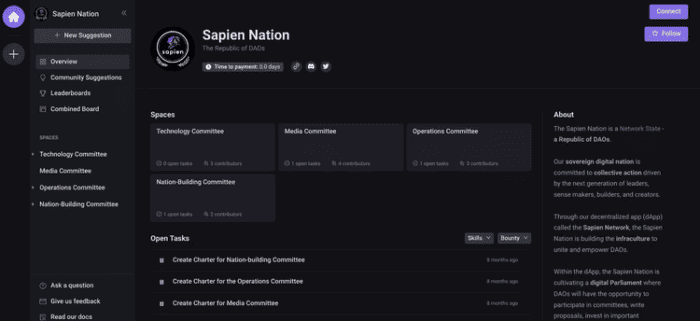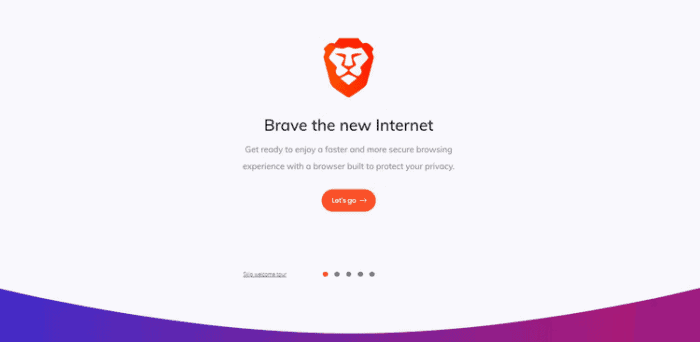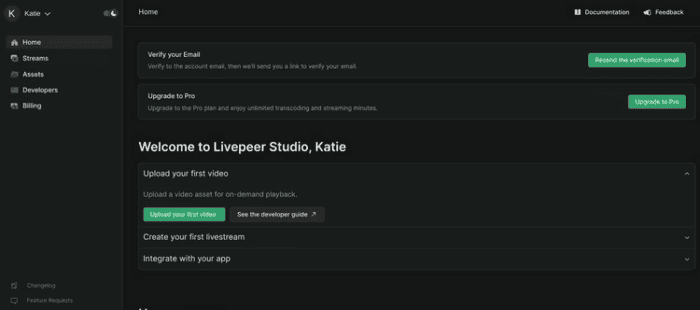
Web3’s growth and construction have been well underway for some time. This decentralized version of the internet has much to offer, including useful and entertaining apps. But what are the best Web3 apps, and how can they help you?
Best Web3 Apps To Use Now
The best Web3 Apps are listed here. So, let’s look at the list.
1. Sapien

Sapien is an Ethereum-based Web3-based social news network. It strives to protect user privacy, which has been violated by numerous popular social media networks and other sites over the years. It also focuses on censorship, disinformation, and trolling. Sapien also has the Sapien Nation, often known as a “Republic of DAOs,” an ecosystem of decentralized initiatives that interact and collaborate to build a fair and secure network via proposals, investments, and committees.
2. Brave Browser
Brave is a popular Chromium-based internet browsing app that has existed for some time. Brave’s creators emphasize Web3 integration, and the browser even incorporates Bitcoin into its operations. Brave works using public blockchains, a technique well-known in the cryptocurrency world. The browser also employs IPFS (InterPlanetary File System), a transfer mechanism that sends and receives data faster than HTTPS. Brave’s Web3 app makes earning cryptocurrency, connecting your crypto wallet, and exploring NFT collections simple. Brave rewards users who watch advertising with Basic Attention Tokens (BAT) and supports all Ethereum- and EVM-compatible cryptocurrency wallets and Solana-based wallets. It provides access to diverse DApps, optimizing your Web3 and DeFi experience. Brave is open source and free to use, and it includes a lot of essential security features such as Private Tor windows, cookie consent blocking, fingerprint randomization, and a VPN. If you value internet security and enjoy Web3, this may be your browser.
3. Livepeer
Livepeer is a network based on Ethereum that is used to transcode live and on-demand video. Before uploading a video on streaming services, online artists must transcode it, which may take time and money. High streaming fees are a regular problem for social video apps, which makes it difficult for them to succeed. This is where Livepeer comes in. This blockchain-based technology can increase the stability of transcoded video while reducing expenses by up to 50x. Developers may use the Livepeer API to build their streaming apps without writing code from scratch. These apps may benefit from Livepeer’s cheaper transcoding expenses while still providing users with video content to enjoy. Livepeer relies on specialized persons, such as orchestrators and delegators. While the former devotes transcoding resources to Livepeer users, the latter retains Livepeer tokens and invests them in orchestrators they trust. Orchestrators and delegators get a share of the fees broadcasters pay to use Livepeer.
4. Steemit
Steemit (not to be confused with the Steam gaming platform) is a social networking platform that operates on blockchain technology and decentralization. This was the first DApp developed on the Steem blockchain, which is currently home to many applications. On Steemit, you may upload posts, connect with other users, and join groups that interest you. Its design is similar to, but not identical to, Reddit’s. Steemit has communities for users worldwide, as well as groups focusing on specific themes like cryptocurrencies, food, movie franchises, and more. Steemit’s blockchain-based reward scheme also incentivizes users. When you create or curate content on Steemit, you may earn rewards through various cryptocurrencies. STEEM, STEEM POWER, and STEEM DOLLAR are examples.
5. Bondex
Are you looking for a new career or looking for fresh talent to hire? You can use Bondex. Bondex is a Web3 talent network and marketplace that its users control. Giving users control of platforms is widespread in Web3 since it allows for a more equitable and transparent Internet. Bondex’s DeTal (Decentralized Talent) protocol may help you find work if you’re seeking work. It would be best to create a profile before expanding your network by adding friends, connecting to other social media sites, giving professional updates, and making recommendations. You’ll be able to find other users who want to hire someone with a similar skill set as you. While using Bondex, you may also get rewarded. Your platform interaction is measured, and you are then rewarded in BNDX tokens for participating in governance. You may use the DeTal protocol to find talent as a Bondex employer. Create your business profile, publish a job vacancy, and wait for qualified candidates to apply. Bondex selects talent to increase your chances of finding the ideal person for your job opportunity, and it sends the top prospects it discovers to your inbox.
6. DTube
DTube (Decentralized Tube) is a completely decentralized YouTube-inspired platform. You may find all types of videos on DTube, including amusing collections, instructive lessons, gaming walkthroughs, and general creative chitchats. The DTube interface is similar to YouTube’s, where the decentralized site derives its overall appearance. Search for certain videos, browse the trending area, and upload your content using DTube, much like YouTube. You can also browse freshly posted videos and create a playlist to watch later. You can migrate from YouTube to DTube for various reasons, including its decentralized structure, better security, absence of adverts, and revenue incentives. DTube also does not use censoring, which benefits individuals who wish to discuss more serious or controversial topics. DTube, like Steemit, is based on the Steem blockchain and employs STEEM currencies as part of its infrastructure. Instead of using adverts, producers may monetize the content they upload using cryptocurrency incentives. While some people prefer DTube over YouTube, there’s no denying that the latter is the more popular and content-rich alternative. However, if you appreciate decentralization, you should give DTube a try.
7. Decentraland
Decentraland is a decentralized platform designed for users looking to connect their VR experience with Web3. It users may use virtual reality to immerse themselves in virtual environments where they can purchase, build on, and sell real estate to others. You may trade tokenized assets like NFTs, play or create games, and communicate with other users in Decentraland. It is a popular metaverse platform with a lot of promise. You don’t need a VR headset to use Decentraland, which makes it accessible to everyone (and one of the metaverse platforms that can be used without a headset). However, if you already have this equipment, you may experiment using Decentraland to see whether it works.
Consider The Following:
Conclusion: Web3 Apps
While many associate Web3 with cryptocurrencies and the metaverse, each digital notion is distinct. If you still need to try Web3, consider using any of the apps listed above to familiarize yourself with this new version of the internet.




